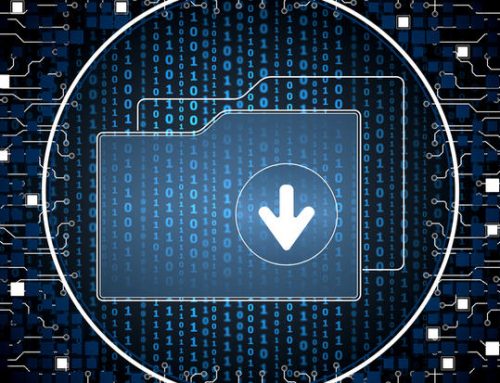Blockchain technology began as a validating technology for bitcoin digital currency. It created a record of digital events distributed across different participants or entities involved in a transaction. Now blockchain is being pursued to provide global authenticity and security for any type of data and transactions.
The idea behind blockchain is to create a public “ledger” of transactions that are linked chronologically and cannot be deleted or edited. Each record, or blockchain, is time-stamped and verifiable. It ensures data integrity by attributing data to an irrefutable identity, validating all copies of the ledger, ensuring full availability, and providing tamper-proof security.
It’s easy to see why blockchain technology would attract interest from major mainstream industries like healthcare and finance. Both sectors collect and share highly sensitive personal information, which makes them 1) liable for protecting patient, customer, and investor data under various compliance laws, and 2) prime targets for cybercriminals. Indeed, healthcare and finance are the top sectors targeted by ransomware attackers, who use malware to seize and hold data hostage in return for a payment (typically in bitcoin).






Social Media